Hello, my name is Carus McCord, CPA, and today, I’ll be conducting an in-depth stock analysis of McDonald's (NYSE: MCD). This iconic fast-food giant recently experienced a significant challenge—a reported E. coli outbreak affecting 75 individuals across 13 U.S. states. As a result, McDonald's stock slid roughly 8% over the past week. This development presents a unique opportunity to analyze this high-quality business and assess its intrinsic value, aiming to determine an attractive entry price.
Understanding the Business Segments
McDonald's operates across three primary segments:
- United States: Generates 41% of total revenue.
- International Markets: Accounts for 49% of revenue.
- Foundational Markets & Corporate Activities: Contributes 10%.
Interestingly, McDonald's derives the majority of its revenue internationally, showcasing its global presence. Despite its mature business model, its stability remains a hallmark of its operations.
Revenue Trends and Efficiency Gains
Between 2015 and recent years, McDonald's revenue has fluctuated:
- In 2015, total revenue stood at $27 billion but dipped to $19 billion before rebounding slightly to $25 billion.
As a mature company, McDonald's faces challenges in sustaining high growth. However, while revenue may not rise consistently, its efficiency has improved:
- Profit margins grew from 38% in 2015 to an impressive 56% recently, underscoring robust profitability.
Free Cash Flow Analysis
Free cash flow, a critical metric in evaluating business health, showcases consistent growth:
- 2015: $4.1 billion
- 2024: $7.2 billion
- 3-Year Growth Rate: 15%
- 5-Year Growth Rate: 8%
This consistent upward trend highlights McDonald's ability to generate substantial cash flows, benefiting its shareholders.
Debt Position: A Unique Business Model
McDonald's balance sheet reflects higher debt levels:
- Debt repayment ability often exceeds 5 years, with an average of 6.7 years over the last three years.
While this may seem concerning at first glance, McDonald's business model offers reassurance. By owning and leasing land and buildings to franchisees, McDonald's mitigates risk as franchisees use operational cash flows to service rent and royalty obligations. Although not ideal, this structure is sustainable given McDonald’s stability.
Dividend Growth: A Key Incentive for Investors
McDonald's dividend policy remains highly attractive:
- Current dividend yield: 2.85%
- Dividend growth rate: 8.79% annually over the last 5 years
- Payout ratio: 62.5%
This growth rate significantly exceeds inflation and the average annual salary raise. Mature investors seeking consistent and growing dividends find McDonald's an appealing choice.
Shares Outstanding: Strategic Buybacks
McDonald's has steadily reduced shares outstanding through buybacks:
- Buybacks were financed using low-interest debt during favorable market conditions, creating more value per share for remaining shareholders.
While some debate the merits of debt-fueled buybacks, McDonald’s stable cash flows and prudent debt management offer confidence in its approach.
Conclusion: Evaluating Intrinsic Value
Despite recent challenges, McDonald's remains a stable, mature company with strong profitability and cash flows. The E. coli outbreak offers an opportunity for investors to consider entering at a bargain price. By assessing its intrinsic value through a discounted cash flow analysis, investors can pinpoint an optimal price range to capitalize on McDonald's reliability and dividend growth.
https://youtu.be/WcBsWpcoW-U?si=juiMJpjmZUVLY3tV
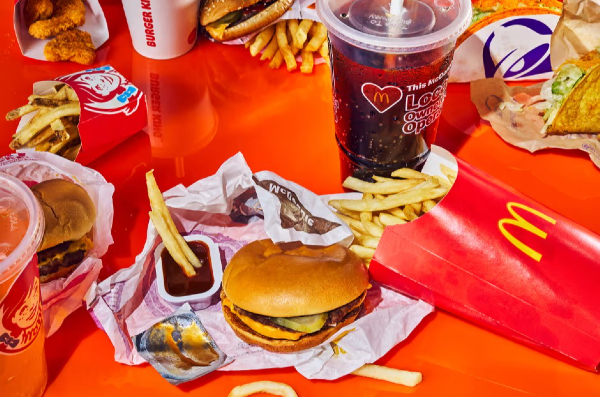


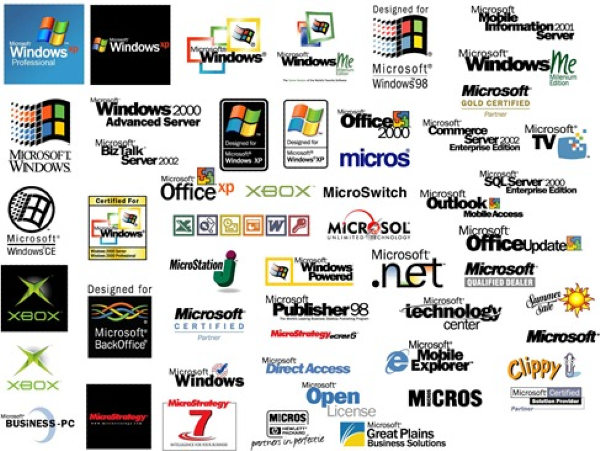


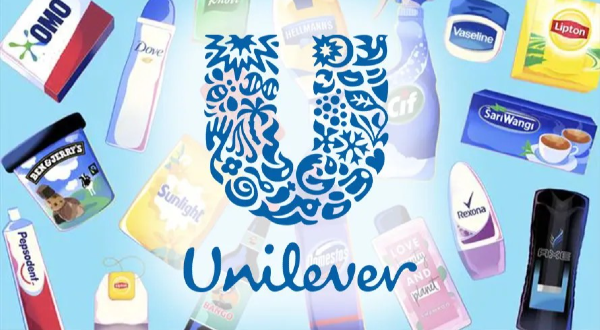


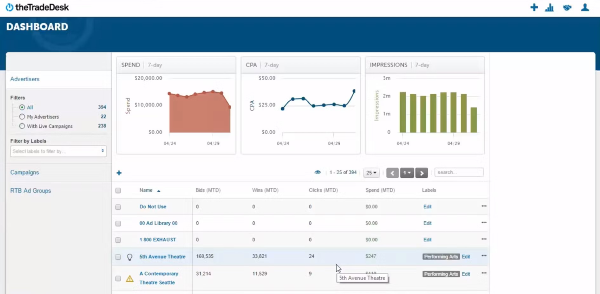
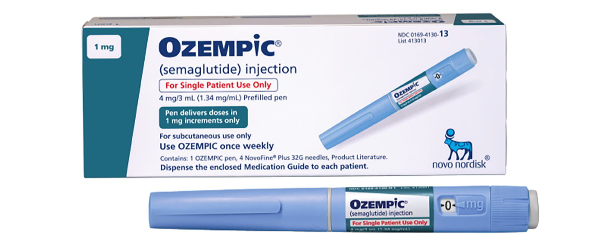
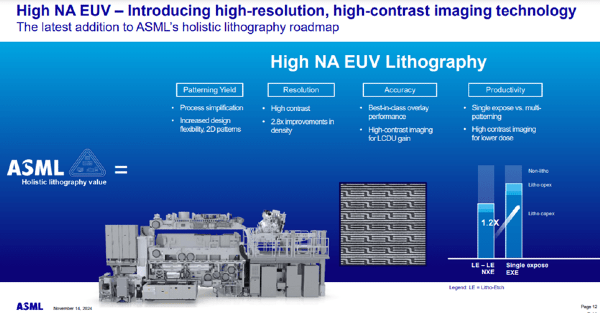
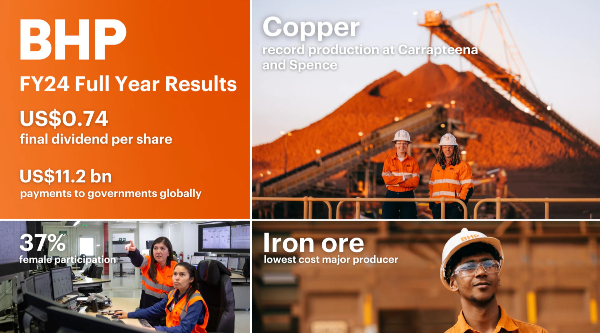
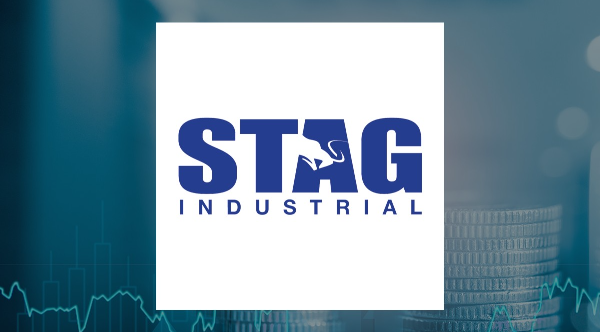


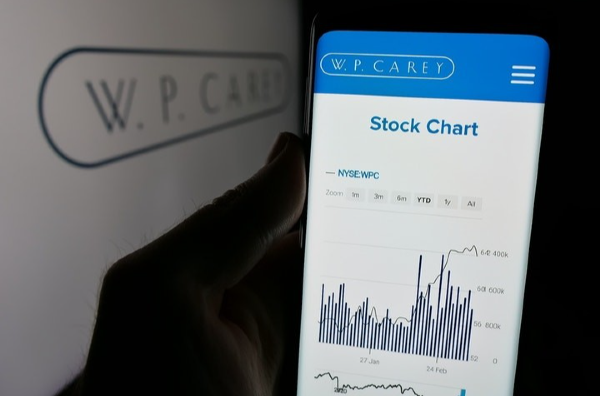

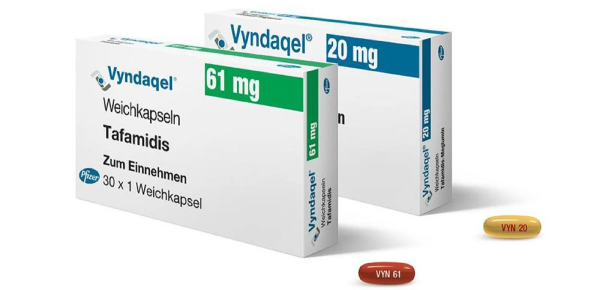











Hello, my name is Carus McCord, CPA, and today, I’ll be conducting an in-depth stock analysis of McDonald's (NYSE: MCD). This iconic fast-food giant recently experienced a significant challenge—a reported E. coli outbreak affecting 75 individuals across 13 U.S. states. As a result, McDonald's stock slid roughly 8% over the past week. This development presents a unique opportunity to analyze this high-quality business and assess its intrinsic value, aiming to determine an attractive entry price.
Understanding the Business Segments
McDonald's operates across three primary segments:
Interestingly, McDonald's derives the majority of its revenue internationally, showcasing its global presence. Despite its mature business model, its stability remains a hallmark of its operations.
Revenue Trends and Efficiency Gains
Between 2015 and recent years, McDonald's revenue has fluctuated:
As a mature company, McDonald's faces challenges in sustaining high growth. However, while revenue may not rise consistently, its efficiency has improved:
Free Cash Flow Analysis
Free cash flow, a critical metric in evaluating business health, showcases consistent growth:
This consistent upward trend highlights McDonald's ability to generate substantial cash flows, benefiting its shareholders.
Debt Position: A Unique Business Model
McDonald's balance sheet reflects higher debt levels:
While this may seem concerning at first glance, McDonald's business model offers reassurance. By owning and leasing land and buildings to franchisees, McDonald's mitigates risk as franchisees use operational cash flows to service rent and royalty obligations. Although not ideal, this structure is sustainable given McDonald’s stability.
Dividend Growth: A Key Incentive for Investors
McDonald's dividend policy remains highly attractive:
This growth rate significantly exceeds inflation and the average annual salary raise. Mature investors seeking consistent and growing dividends find McDonald's an appealing choice.
Shares Outstanding: Strategic Buybacks
McDonald's has steadily reduced shares outstanding through buybacks:
While some debate the merits of debt-fueled buybacks, McDonald’s stable cash flows and prudent debt management offer confidence in its approach.
Conclusion: Evaluating Intrinsic Value
Despite recent challenges, McDonald's remains a stable, mature company with strong profitability and cash flows. The E. coli outbreak offers an opportunity for investors to consider entering at a bargain price. By assessing its intrinsic value through a discounted cash flow analysis, investors can pinpoint an optimal price range to capitalize on McDonald's reliability and dividend growth.
https://youtu.be/WcBsWpcoW-U?si=juiMJpjmZUVLY3tV